Verizon and Inseego launched the 5G MiFi M1000 on July 18, 2019 - the first Verizon mobile hotspot with 5G capabilities.
This first-generation 5G mobile hotspot provides support for Verizon's nascent 5G millimeter-wave network, as well as robust support for Verizon's existing 4G LTE network.
In September 2022, Inseego released the MiFi X Pro which includes Sub6 support as well for their nationwide 5G network - which should be considered instead of the M1000.
The M1000 also includes an Ethernet port for sharing the internet connection, but it lacks any antenna ports.
Specifications
- Model Number: Inseego 5G MiFi M1000
- # of Connected Devices: Unknown, Supports USB Tethering and Ethernet
- Control Panel and Default Password:
- Control Panel: http://192.168.1.1 or http://my.jetpack/
- Default Admin Password: Same as Wi-Fi Password (unless changed)
- USB Tethering Support: Unknown, but likely
- WiFiRanger Tethering: Not tested
- Pepwave Tethering: Not tested
- Networks supported:
- mmWave 5G: n260, n261
- 4G LTE: 2. 4, 5, 13, 48, 66
- UMTS: B1/B2/B4/B5/B8
- LTE-Advanced Carrier Aggregation: Yes, 7-band, including LAA
- MIMO Support: 4X4 internal (LTE)
- LTE Performance Category: Category 20 (Max Theoretical Speed: 2000Mbps Down / 300Mbps Up)
- Cellular Antenna Ports: None
- Other Ports: USB-C, Ethernet
- Wi-Fi Technology / Frequencies: 802.11 b/g/n/a/ac - Simultaneous 2.4GHz and 5GHz
- Battery: 4400 mAh Li-Ion
- Claimed Battery Life: 24 hours hotspot usage, multiple days standby
- Can Be Powered Without a Battery: Unknown (Unlikely)
- Battery Part #: Unknown
- Dimensions: 4.85" x 3.48" x 1.5" / 5.7 oz
- SIM Card Type: Nano
- Retail Price: $649.99/ $499.99 with a 2-year contract
News, Videos, & Status
We consider this a very limited device with support only for mmWave Ultrawideband 5G, and not worth acquiring considering we (and nomads in general) are seldom in places where this sort of coverage exists.
Alternatives to Consider
For other popular mobile hotspots on the market - here are our featured options:
This Review Contains Additional Member Exclusive Content!
We are Honored to be Member Funded! No ads, no sponsors, no selling (but may contain affiliate links)
Our members fund our in-depth independent reviews.
This entry may contain additional member exclusive content such as testing notes, field testing data, user interface tours, comparisons to alternatives, analysis, tips, videos and discounts.
Members also get interactive guidance, alerts, classroom and more.
Other Ways to Support Our Work At MIRC
Purchasing Options
Purchasing Links & Disclaimer
We don't sell stuff, we are primarily member funded. Some links below may be affiliate links (see our disclaimer), which also helps fund MIRC.
The vendors displayed below provide larger discounts to our MIAs that we have negotiated instead of displaying affiliate links while they are logged in.
MIA Discounts - Learn & Save!
Our Mobile Internet Aficionados (MIA) get special discounts from the below vendors. Members please check for discount codes before ordering. With savings up to 11% off, you could save more than your membership cost!
Mobile hotspot devices are small, self-contained units that receive a cellular data signal and transform it into an internet connection. They are a cellular modem and router combined. Most can create their own personal Wi-Fi network.
They are typically designed with a specific cellular carrier in mind and require a suitable cellular data plan of their own to operate. You might see them called Jetpacks (Verizon's term for them) or MiFi (Inseego's name for them).
Here's a quick video going over the features of a hotspot, and what makes one better than another:
The guides below have been hand-picked to help further your education about selecting mobile hotspots and best utilizing them in your mobile internet setup.
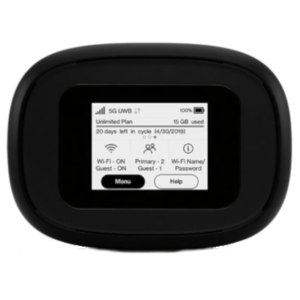

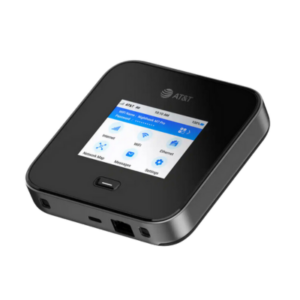
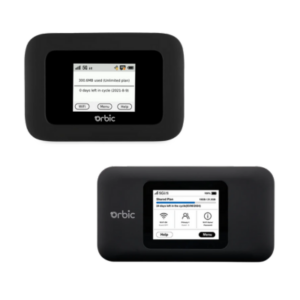
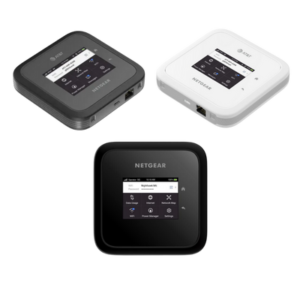
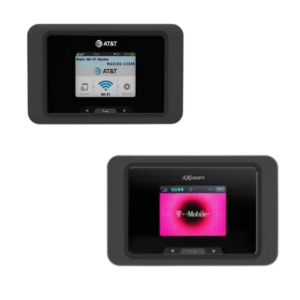
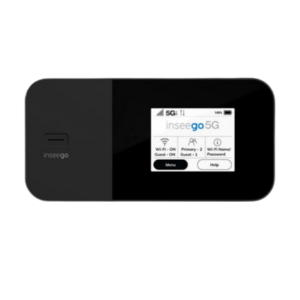
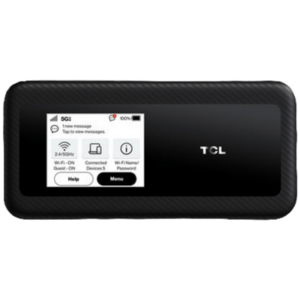



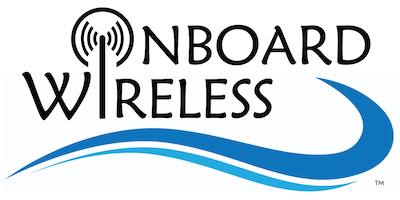






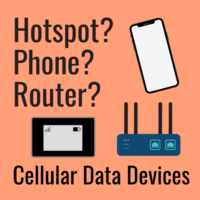
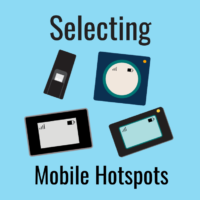
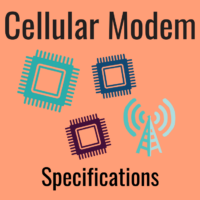
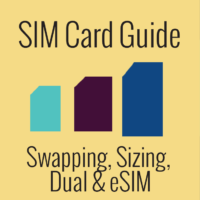



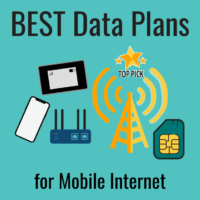
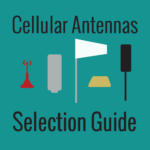



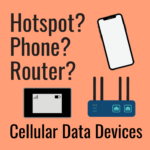

 Mobile Internet Resource Center (dba Two Steps Beyond LLC) is founded by Chris & Cherie of
Mobile Internet Resource Center (dba Two Steps Beyond LLC) is founded by Chris & Cherie of